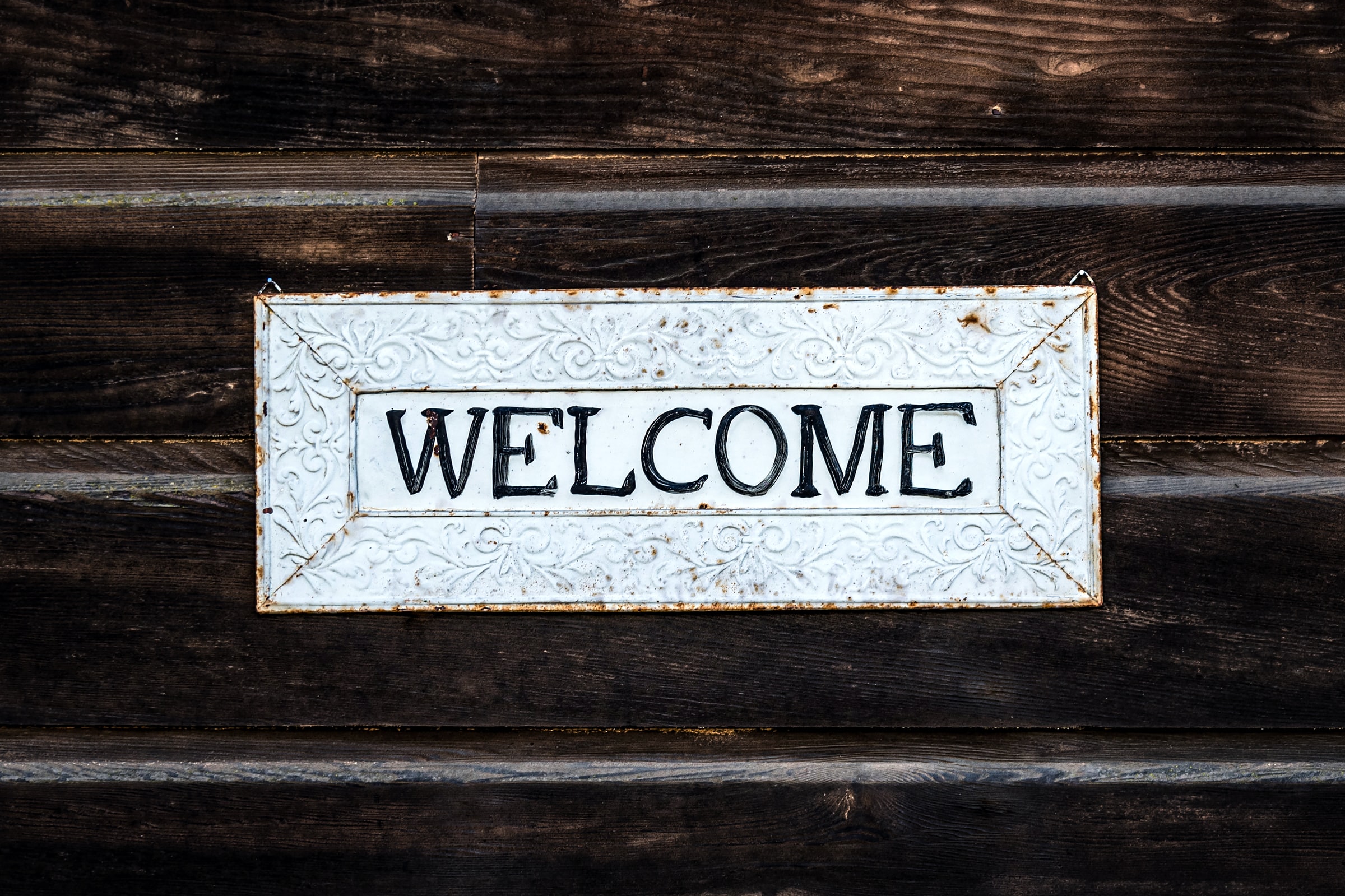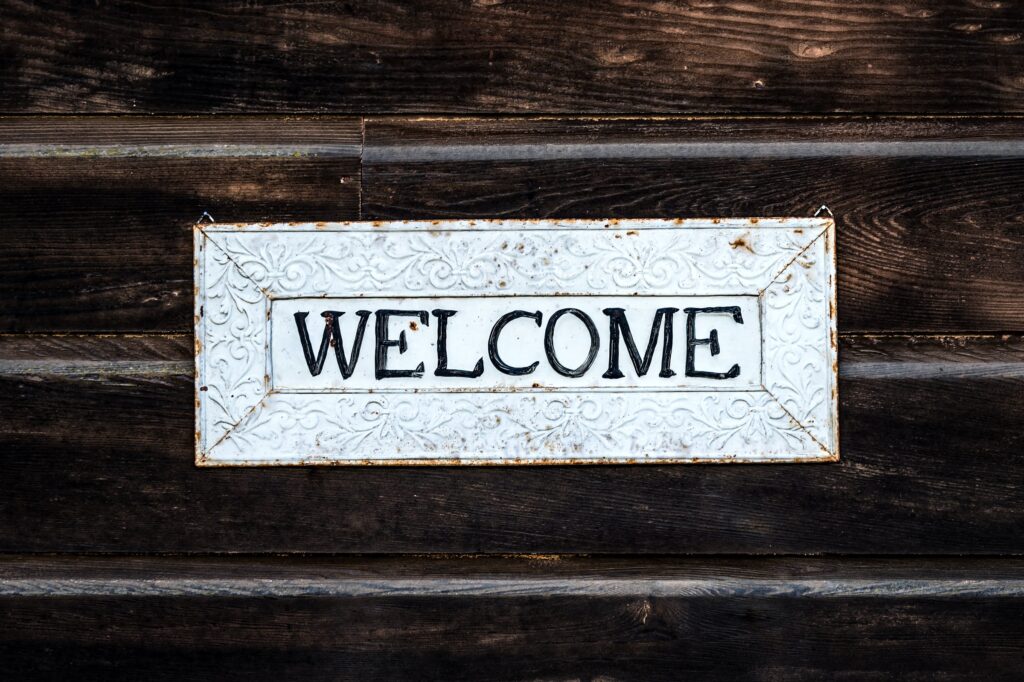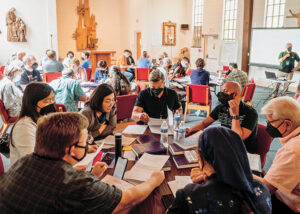When I was a pastor, I learned we had a few young people with autism in our youth group. In order to begin creating an environment that felt more comfortable, I provided a big basket of fidgets on the table in the centre of the room. I expected that youth with autism would use them to help reduce anxiety and increase focus. What I didn’t expect was that everybody in the room would enjoy using them.
At our national youth conference, I created a sensory room so anyone who felt overwhelmed by the crowds, the social demands and the stimulus of the conference could take a break and colour, do prayer activities, work on a puzzle or simply rest in a room that was quiet with low, warm lighting. A diverse group of people made use of that room. One exhausted conference leader simply came in to lie on the floor with some pillows and take a nap.
It turns out that when we make spaces more welcoming and nurturing for people with disabilities, we make spaces that are more welcoming and nurturing for all.
In order to create welcoming, comfortable environments, we must create spaces that are trauma-informed. People with disabilities experience a high incidence of trauma. And trauma itself can cause impairment or disability. We now know that the prevalence of trauma generally in our communities is much higher than we would have believed it to be. We all need trauma-informed communities, and our faith communities are no exception.
Communities of faith have therefore been slow to make the changes that would make their facilities more accessible to people with disabilities. This includes some basic physical accommodations such as wheelchair ramps, automatic doors, accessible bathrooms and elevators. But it also includes making accommodations for those with intellectual or developmental disabilities, mental illness or other disabilities that create barriers to full participation in the life of faith communities.
Religious organizations should be leading in the effort to create communities that include people with diverse impairments and abilities. Who are we excluding from community? We often do this passively by simply not providing the supports they need for access—whether those are physical, social, emotional or relational. It’s good for us to examine our own communities and ask ourselves who isn’t there and why they might not be present. Have we unwittingly created barriers that prevent them from full participation?
Access and inclusion are not enough. What people with disabilities need is a place where they belong. In A Place of Belonging: Including Individuals with Significant Disabilities in Faith Communities, Eric Carter writes: “Belonging is rooted in relationships. Having people in our lives who know us, like us, accept us, need us, miss us and love us is at the heart of our well-being. The same is true for individuals with significant disabilities. Their need for friendships and other supportive peer relationships is a universal need, one grounded in the core belief that humans were created for community.”
When we create communities in which people with disabilities belong, we are likely creating communities that feel more welcoming to all people. As Carter writes, “Belonging is not a special need, it is a universal need.”
Part of belonging and fully participating in a faith community is the affirmation and the employment of spiritual gifts. The gifts of people with intellectual and developmental disabilities often are unrecognized and under-employed. When we do not embrace the spiritual gifts of those who are disabled, it is not only people with disabilities who suffer. The whole community suffers because of the lack of their participation and contribution. The community of faith can be a primary place where the gifts of those with disabilities are appreciated and help us all grow spiritually.
We at the Anabaptist Disabilities Network work to connect with and support people who have disabilities, families and faith communities to create a culture of belonging for everybody. We believe that faith communities are transformed when individuals with disabilities and their God-given gifts and experiences enjoy full inclusion.
May we all learn together and encourage one another as we create faith communities of healing that embrace everybody, especially those who have been left out or left behind.
For ideas on how to welcome and support people with disabilities in your congregation, visit anabaptistdisabilitiesnetwork.org.
Jeanne Davies is executive director of the Anabaptist Disabilities Network. This is adapted from a piece she wrote for The Center for Faith and Community Health Transformation. Reprinted by permission of the author.









Leave a Reply
You must be logged in to post a comment.